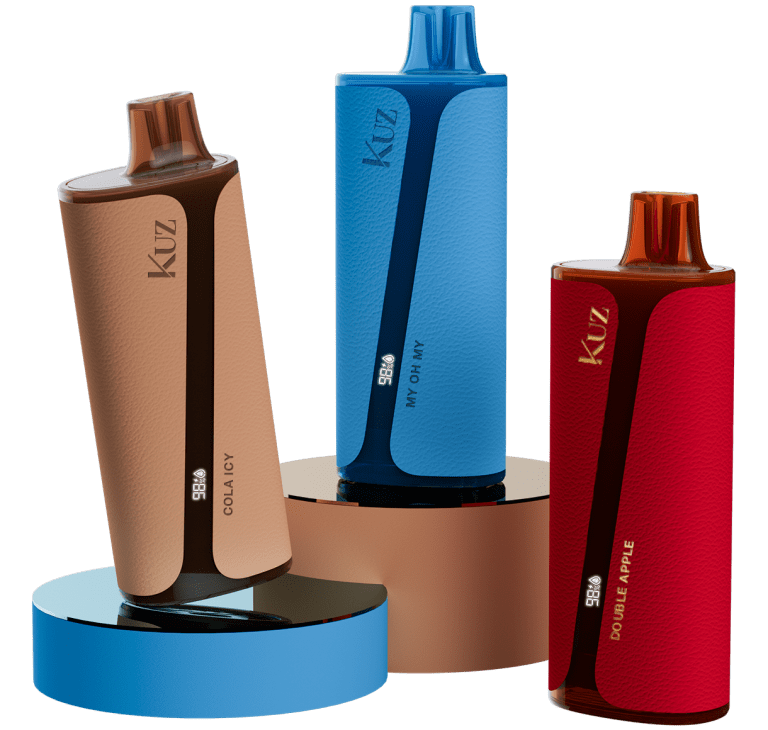Switching from cigarettes to vaping is an effective way to reduce the harmful effects of traditional smoking while still satisfying nicotine cravings. Many smokers are curious about the process, benefits, and best practices to ensure a smooth transition. Here’s a comprehensive guide to help you navigate the switch from smoking to vaping.
Why Switch to Vaping?
One of the most significant reasons to switch from cigarettes to vaping is the potential for reduced harm. Traditional cigarettes contain thousands of chemicals, including carcinogens like tar and carbon monoxide, which are not present in e-cigarettes. Instead, vaping heats a liquid (usually containing nicotine) into vapor, which significantly reduces exposure to toxic substances.
Another advantage of vaping is the absence of lingering odors, unlike cigarettes, which can leave an unpleasant smell on clothes, in your home, and even on your skin. Vaping eliminates this issue while offering a customizable experience through a wide variety of flavors and nicotine strengths, making it a more enjoyable and socially acceptable alternative.
Step-by-Step Guide to Switching from Smoking to Vaping
Here’s how to make the switch seamlessly:
1. Start Gradually
If you’re not ready to quit smoking cold turkey, begin by gradually replacing cigarettes with vaping. Start by swapping one cigarette a day for a vaping session. As you become more comfortable, increase your vaping sessions until you’re fully transitioned away from cigarettes.
2. Choose the Right Nicotine Strength
Nicotine levels in vape liquids vary, so it’s essential to find the right strength to curb your cravings. If you’re a heavy smoker, you may want to start with higher nicotine strengths (12mg or 18mg) to replicate the nicotine hit from cigarettes. For light to moderate smokers, lower strengths (3mg to 6mg) may suffice. The goal is to reduce nicotine dependency over time.
3. Pick a Vape That Works for You
Ease of use is crucial for new vapers. Devices like cig-a-likes, vape pens, or vape pods are great for beginners. These devices are simple to operate and provide a similar hand-to-mouth action as smoking, which can help ease the transition. Avoid starting with more complex devices like box mods until you’re familiar with vaping.
4. Experiment with Flavors
One of the joys of vaping is the wide range of flavors available. While many new vapers start with tobacco or menthol flavors to mimic traditional smoking, it’s worth exploring other options like fruits, desserts, and beverages. Finding a flavor you enjoy can make vaping more satisfying and reduce your desire for cigarettes.
5. Manage Triggers and Cravings
Identifying your smoking triggers—whether it’s stress, after meals, or social settings—can help you plan how to manage cravings effectively. Keep your vape accessible and ready during these moments to avoid turning back to cigarettes. If you find yourself still craving cigarettes, try adjusting your nicotine strength or experimenting with different flavors.
Tips for a Successful Transition
- Keep Your Device Handy: Always have your vape with you to prevent reverting to cigarettes when cravings hit.
- Stay Patient: Some people switch to vaping quickly, while others may take more time. Be patient and allow yourself to adjust.
- Celebrate Milestones: Reward yourself when you reach milestones like going a week without cigarettes or reducing your nicotine level. Use the money saved on cigarettes to treat yourself to something special.
Benefits of Vaping Over Smoking
- Health: Vaping lacks the harmful tar and chemicals found in traditional cigarettes, significantly reducing health risks like cancer, heart disease, and respiratory issues.
- Cost: While the initial investment in vaping devices might be higher, long-term savings from buying e-liquids and coils instead of cigarette packs are substantial.
- Social Acceptance: Vaping is increasingly accepted in public spaces where smoking is banned, allowing for more flexibility.
Common Challenges and How to Overcome Them
Transitioning to vaping might come with some challenges, such as occasional cravings for cigarettes or difficulty finding the right device and flavor. To overcome these obstacles, stay persistent, adjust your nicotine levels as needed, and seek support from vaping communities or professionals.



